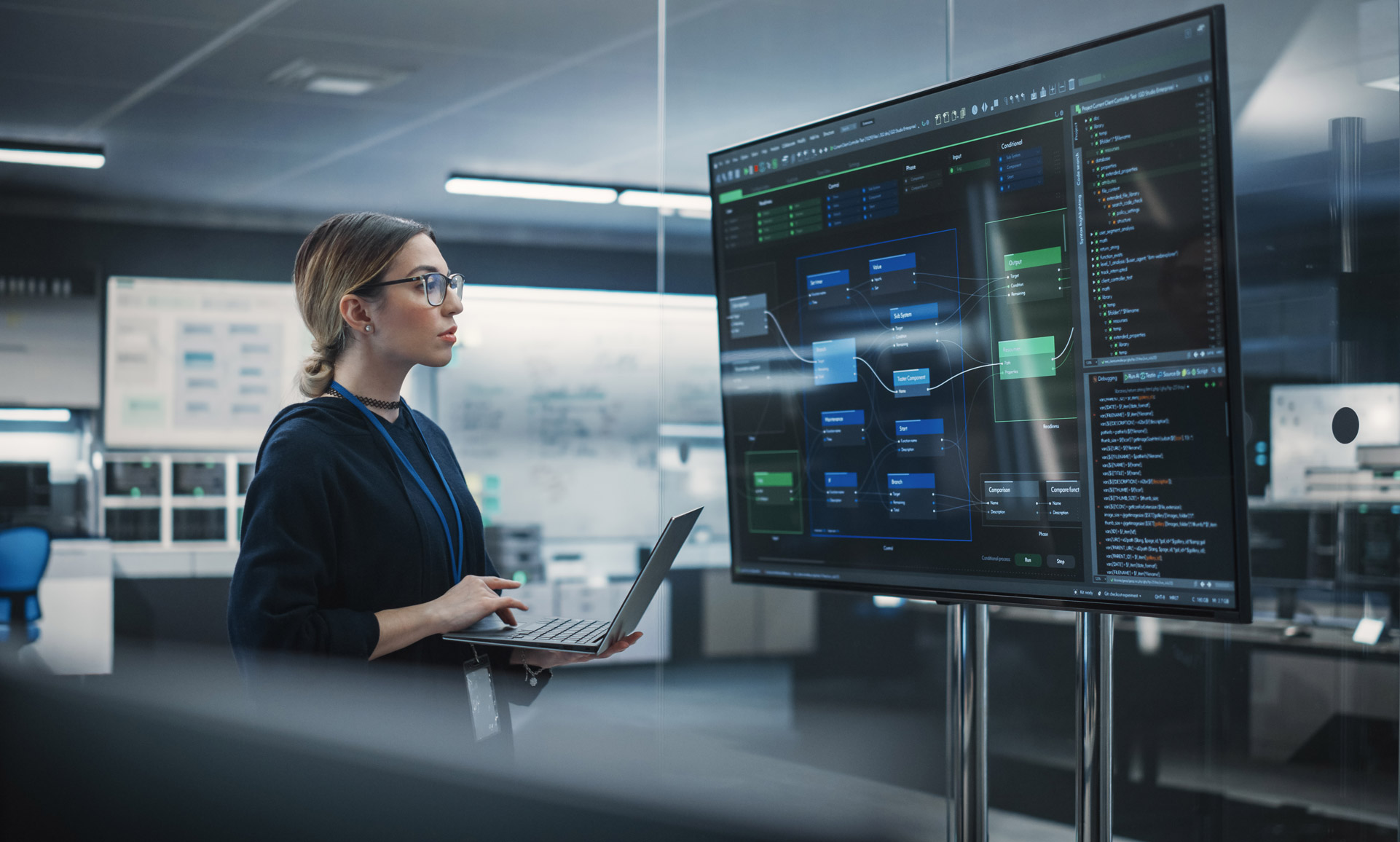VMware Explore 2023 Barcelona
Data, AI and the sovereign cloud
The Geetoo Technology team to Barcelona consisted of Michal Hampl (Managing Director), Martin Javorský (CTO), Jakub Herink (Sales Director), Petr Vávra (System Engineer) and Martin Bajer (EUC & Backup Specialist). It was an opportunity for us to meet both our VMware partners and customers. And, of course, to be aware of current cloud trends such as multicloud, sovereign cloud or artificial intelligence. Below you will find the specific themes that resonated most with me and other Geetoo colleagues.

VMware Cloud Foundation
This year, a very frequently mentioned term was VMware Cloud Foundation. Essentially, it is a cloud platform that, together with suitable HW, creates a hyperconverged infrastructure. De facto, they form the so-called. a full-stack solution containing all the necessary elements for modern software-defined datacenters and applications. I expect VCF to become a major building block for various (multi)cloud deployments in the future. VMware has announced the release of a new version 5.1 that supports my thesis.
Data Services
The next generation of VMware Data Services Manager was announced, which just above VCF allows easy deployment and management of databases and, say, partner data services. Support for VMware Tanzu SQL (PostgreSQL, MySQL), Google AlloyDB Omni and MinIO Object Store was announced.
AI must not be missed
Of course, VMware’s support of AI didn’t end with the announcement of AlloyDB. VMware unveiled its collaboration with NVIDIA back in August in Las Vegas and expanded its AI partnership to include Intel and IBM in Barcelona. VMware Private AI will therefore also be able to run on Intel chips and take advantage of the capabilities of Intel Artificial Solutions. It will thus be possible to run, for example, IBM’s watsonX, needless to say that the VCF located in your datacenter could serve as a cloud platform. I am very intrigued by the idea of Private AI as presented by VMware. I can imagine that it may make sense for a lot of customers to have AI/ML with their own data under their own control within their cloud.

What most appealed to other team members?
Michal Hampl: Sovereign cloud
This is a response to the increasing regulation of privacy and user data (more about it here). In the sovereign cloud regime, these are stored and processed within the borders of the country and its legislation. They are not subject to foreign (typically American) authorities, as in the case of global clouds (so-called hyperscalers). This is one of our priorities and I am very happy that we can get the latest news and trends from VMware, its partners and the creators of relevant legislation.
Jakub Herink: Multicloud
Barcelona tends to be the imaginary highlight of the conference season. This year, the themes for me were clear: multicloud, sovereign cloud and cloud smart. For me personally, Explore also means networking with clients and partners. The biggest highlight was the gala dinner for Czech and Slovak customers, which we traditionally organized together with VMware.
Petr Vávra: DevOps
From VMware’s very broad product portfolio, I’m primarily looking for topics in the areas of Tanz, K8s and Devops. When deploying applications, we regularly deal with databases, and here at the conference we found a very interesting product from the VMware Tanzu Data Services family, which allows you to easily run databases, including PostgreSQL, MySQL or RabbitMQ. Interesting were also presentations of tools for monitoring and operation of modern applications, which are of course not missing in the products and services offered by VMware. An unnoticed topic at the conference was also Privete AI and AI in general
Martin Bajer: End User Computing
During the conference, I focused mainly on presentations that focused on End User Computing, Hybrid Workplaces and ransomware protection. The opening presentation, “Troubleshooting Horizon,” was extremely informative, demonstrating key tools and tips for troubleshooting in a VDI virtual environment.
Other presentations included the integration of Workspace ONE with Intel vPRO and their Chip-to-Cloud technology for centralized endpoint management. An interesting shift is the move to declarative control of iOS, Android devices and the so-called. “Desired State Management” or the use of AI to analyze and optimize hybrid work environments. A little sneak peek: we’ll be able to manage macOS updates or configure Apple Watch directly from the UEM interface.
On the final day, there was also “Gaming” by Johan van Amersfoort on optimizing the streaming of GPU-intensive applications or the use of virtual reality devices, for example for employee training.


